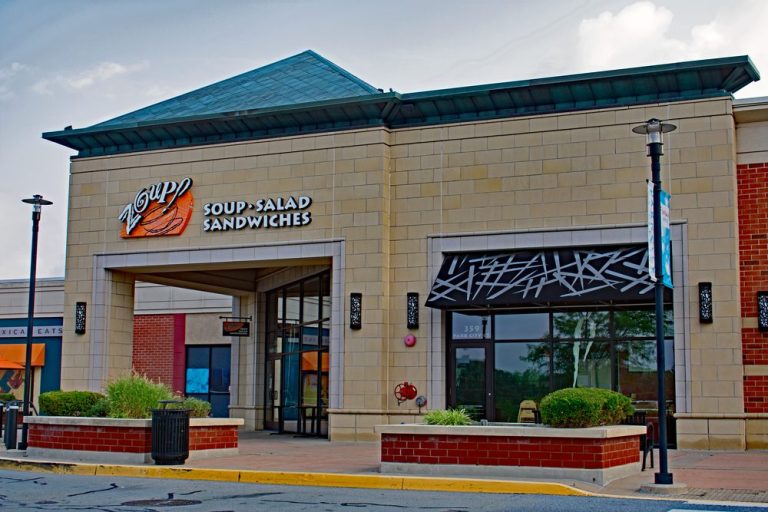
As restaurants look to step up their acquisition and retention initiatives, going beyond strategies that have become the industry standard, cross-brand rewards enable them to reach new consumers while touching more parts of diners’ day-to-day routines.
Lauriena Borstein, chief brand officer of fast-casual chains Saladworks, Frutta Bowls and Zoup Eatery, explained to PYMNTS in an interview that, by partnering with metaverse game ATLAS: EARTH to offer in-game currency for restaurant purchases (as announced last month), Zoup is able to reach customers who otherwise likely would not have engaged with the brand.
“This is just really a different audience, quite honestly, for us that we have not tapped into where it’s really in that digital space with gamers,” Borstein said. “You’re going to get a different demographic. You’re going to get slightly different ages — usually younger. It’s a new platform for us to gain awareness within that demographic within that market.”
Certainly, Zoup is not the first brand to partner with companies outside the restaurant space to reach new consumers and offer novel rewards. Last year, for instance, IHOP announced a partnership with Xbox to make gaming rewards available to the brand’s “International Bank of Pancakes” rewards program. Plus, Starbucks kicked off its partnership with Delta to offer rewards program members with (almost negligible amounts of) Delta SkyMiles.
These partnerships, especially for emerging brands that do not yet have widespread name recognition, can be key to reaching a significant share of consumers looking to try out new eateries. Research from the December edition of PYMNTS’ Restaurant Digital Divide study, “The 2022 Restaurant Digital Divide: Turning First-Time Diners Into Loyal Customers,” which draws from a survey of more than 2,200 U.S. consumers, finds that 34% of consumers try new restaurants each month.
Securing these first-timers’ loyalty from there is key, given that returning customers are estimated to account for between 83% and 90% of all restaurant orders. That is where restaurants’ own rewards programs come in, maintaining continued engagement with the brand.
“[A loyalty program] doesn’t feel like it’s a hard sell,” Borstein said. “If consumers are going to go out to a restaurant, they can choose between one that is within their platform to be able to gain rewards, or one that isn’t.”
Indeed, there is strong demand for rewards. Research from PYMNTS’ March study, “Connected Dining: Consumers Like the Taste of Discount Meals,” which is based on a February survey of more than 1,800 U.S. consumers, found that 51% reported using a restaurant loyalty program, with 49% participating in these programs at quick-service restaurants (QSRs) and 34% at full-service restaurants (FSRs).
Looking at the space overall, Borstein notes that restaurants are retooling their loyalty programs to be more cost-effective rather than discounting generously to all, regardless of the return on investment.
“Back in the day, loyalty programs used to do the ‘come in and get $1 off an entrée’ or a buy-one-get-one or anything like that, and we’ve all tried to get away from that,” Borstein said. “All of our all of our loyalty programs have tiers, and … it has the accumulation aspect of it in terms of points versus just straight up discounts to our guests.”